The Impact of Overfishing in U.S. Lakes and Rivers
America’s freshwater ecosystems are among our most precious natural resources, supporting diverse wildlife, providing recreational opportunities, and supplying drinking water to millions. Yet beneath the surface of our nation’s lakes and rivers, a crisis is unfolding. Overfishing—the practice of removing fish at rates faster than they can naturally replenish—threatens to fundamentally alter these aquatic environments. From the Great Lakes to the Mississippi River Basin, the consequences of excessive fishing pressure extend far beyond declining fish populations, affecting entire ecosystems and the communities that depend on them. This comprehensive examination explores the multifaceted impacts of overfishing in America’s freshwater systems, the driving factors behind this environmental challenge, and the conservation efforts working to restore balance to these vital waters.
The Historical Context of Freshwater Fishing in America
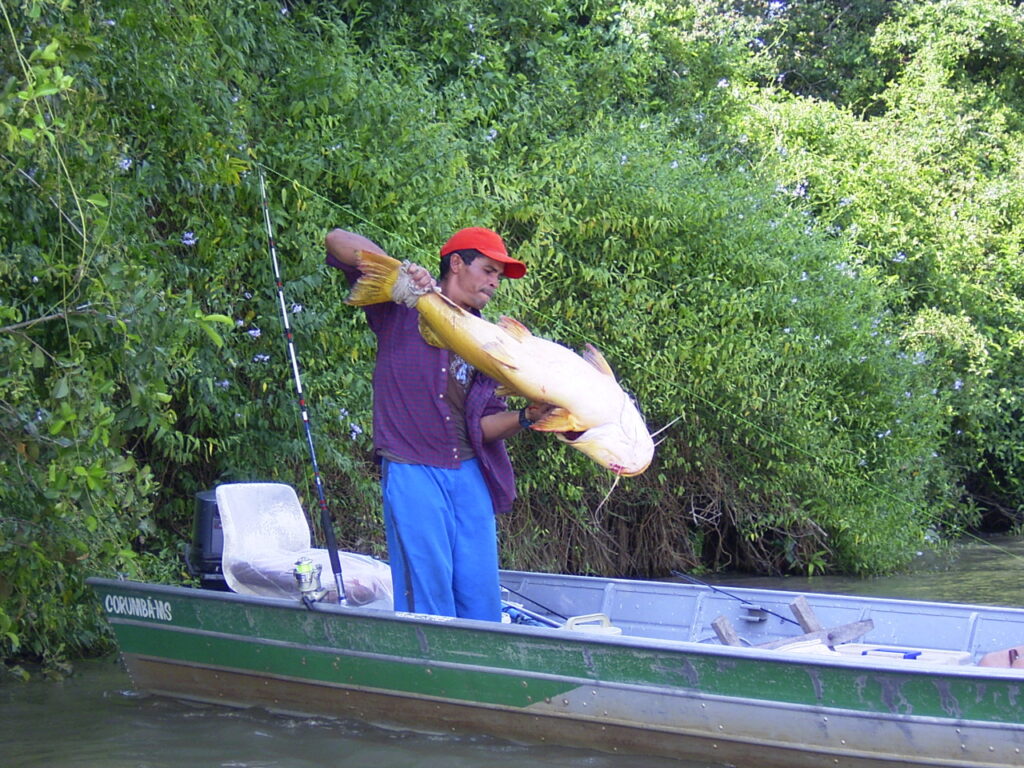
Fishing in America’s lakes and rivers has deep historical roots, dating back thousands of years to Indigenous communities who harvested fish sustainably for subsistence. European colonization brought commercial fishing operations that dramatically intensified harvest rates, particularly in the Great Lakes region, where commercial fishing began as early as the 1820s. By the late 19th century, technological advances,s, including steam-powered vessels, improved nets, and refrigeration, allowed for unprecedented fishing pressure on freshwater species. The first documented freshwater fishery collapses occurred during this period, with Atlantic salmon disappearing from Lake Ontario by the 1880s and lake trout populations plummeting in Lake Michigan by the early 1900s. This historical progression from sustainable harvesting to industrial-scale extraction established patterns of resource exploitation that continue to challenge fishery managers today.
Understanding Overfishing: Definition and Mechanics

Overfishing occurs when fish are harvested at rates exceeding their natural ability to reproduce and replenish their populations, creating an unsustainable imbalance in aquatic ecosystems. Unlike ocean fisheries, freshwater systems have distinct boundaries that can concentrate fishing pressure and limit fish migration, making them particularly vulnerable to overexploitation. The mechanics of overfishing involve several key factors: excessive harvest rates that remove too many reproductive-age fish, capture of juvenile fish before they can reproduce, selective targeting of larger individuals that disrupts population genetics, and the use of fishing methods that damage habitat or result in high bycatch rates. In freshwater systems, these problems are often compounded by the fact that many species are slow-growing and have specific reproductive requirements, making population recovery particularly challenging once overfishing has occurred.
Iconic Species Under Threat
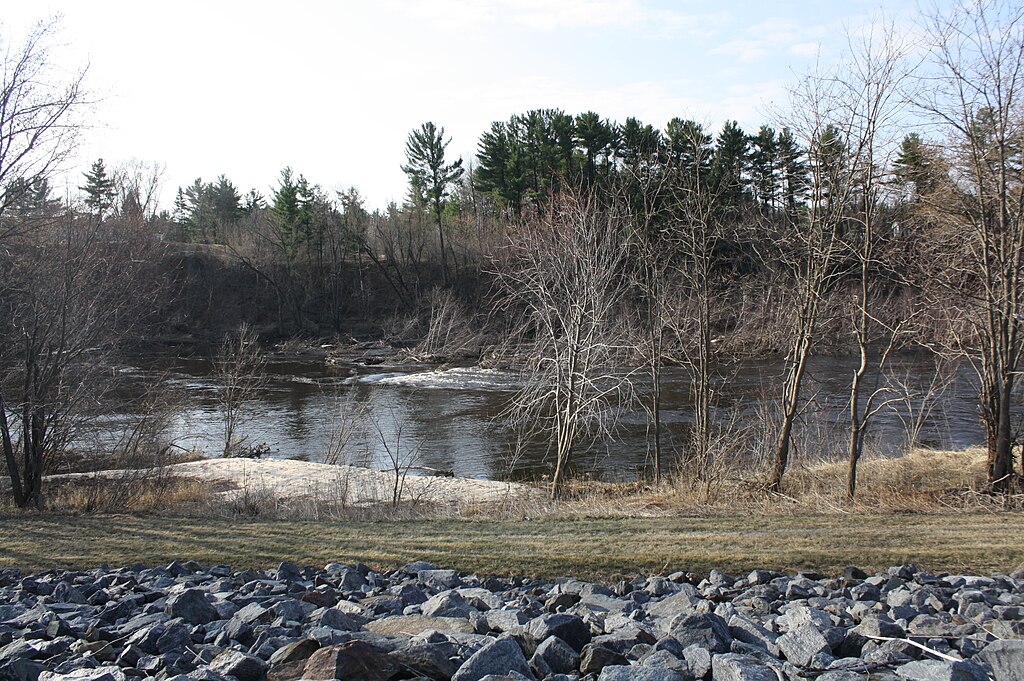
Several iconic American freshwater species illustrate the devastating impact of overfishing. Lake sturgeon, which once dominated the Great Lakes and Mississippi River systems, have declined by more than 99% from their historic populations due to commercial fishing for their eggs (caviar) and meat. Paddlefish, another ancient species found in the Mississippi River Basin, faces similar pressures from caviar markets, with illegal poaching exacerbating population declines. Native brook trout populations have been decimated in their eastern range, with overfishing combining with habitat degradation to push these fish to the brink in many watersheds. Freshwater mussels, often bycatch in some fishing operations, are now among North America’s most endangered animal groups, with over 70% of species threatened with extinction. These signature species represent just a fraction of the freshwater biodiversity impacted by unsustainable fishing practices across the United States.
Ecological Ripple Effects
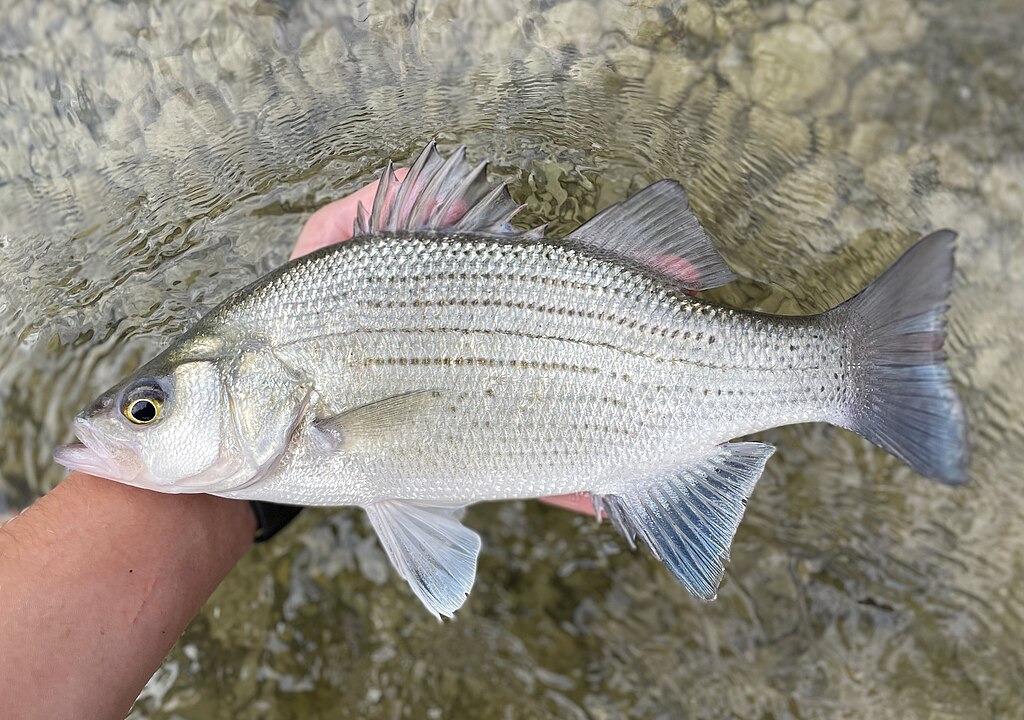
The consequences of overfishing extend far beyond the targeted species, triggering cascading effects throughout freshwater ecosystems. When predatory fish like bass or pike are overharvested, their prey species often experience population explosions, disrupting the ecological balance that maintains water clarity and aquatic plant communities. The removal of herbivorous fish can lead to algal overgrowth, while the depletion of filter feeders like freshwater mussels and certain fish species reduces water quality and increases turbidity. These ecological ripples can fundamentally alter habitat structure, nutrient cycles, and energy flow through the entire food web. Research in the Upper Mississippi River has demonstrated how the decline of native predators through overfishing created opportunities for invasive species like Asian carp to establish dominance, permanently altering these historic waterways. Such transformations demonstrate how overfishing’s impacts can permanently reshape entire ecosystems, not just individual species populations.
Commercial Fishing Pressures
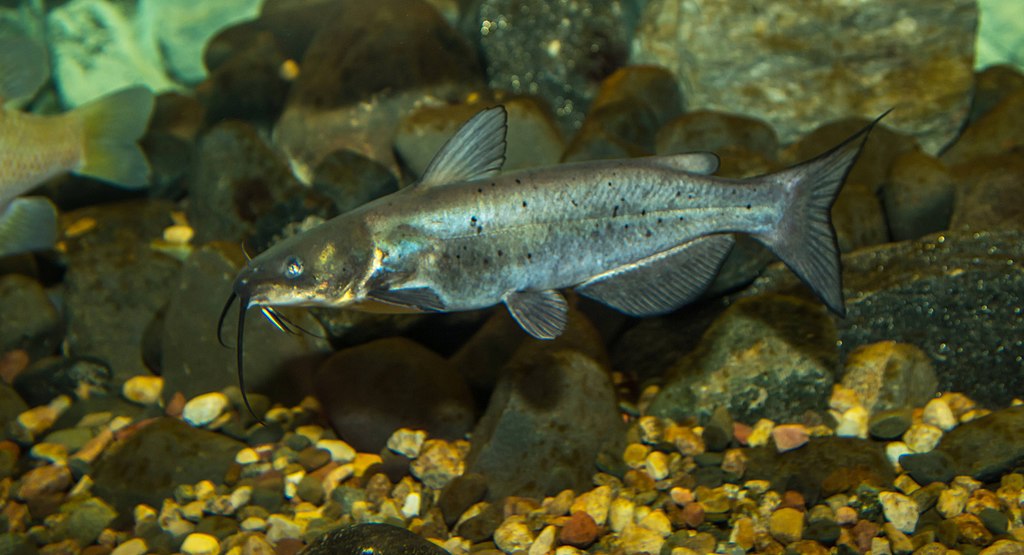
Commercial fishing operations exert significant pressure on America’s freshwater resources, despite being smaller in scale than their ocean counterparts. In the Great Lakes region, commercial fishing remains an important industry, with annual harvests valued at over $25 million across both U.S. and Canadian operations. Species like yellow perch, walleye, and lake whitefish support commercial fisheries that, while more regulated than in the past, still face sustainability challenges. The Mississippi River and its tributaries support commercial fishing for catfish, buffalo fish, and other species, with varying levels of management oversight depending on the state. Commercial bait fishing represents another significant pressure, with minnow harvesting for recreational fishing bait sometimes occurring at unsustainable levels in vulnerable ecosystems. The economic incentives driving commercial operations often clash with conservation needs, particularly when regulations are inconsistent across jurisdictional boundaries or enforcement resources are limited.
Recreational Fishing’s Growing Footprint
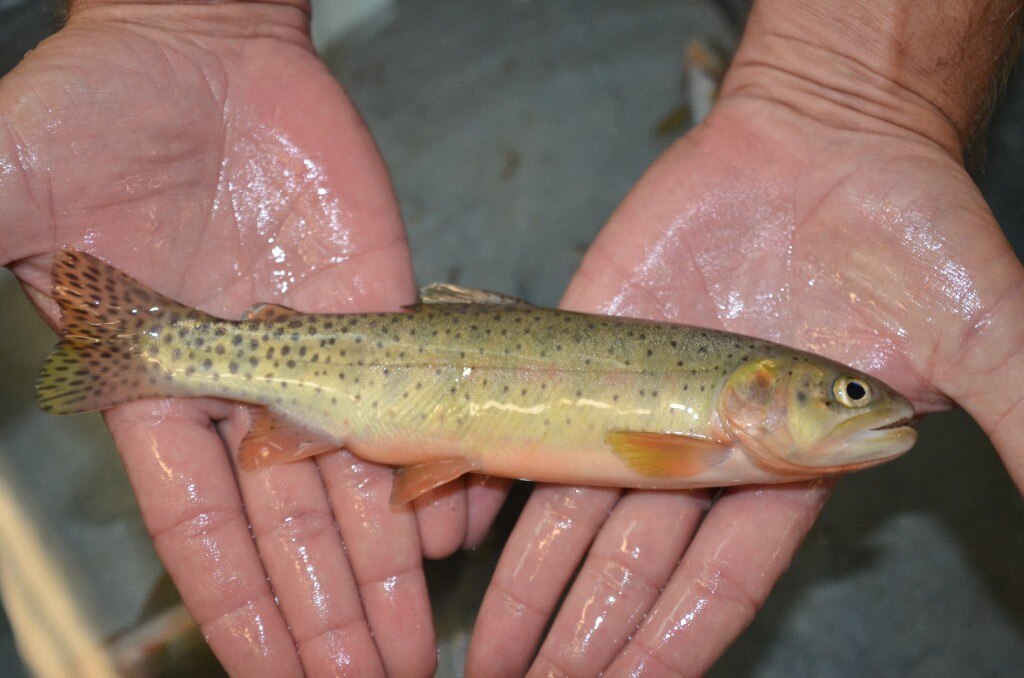
Recreational fishing, often perceived as having minimal environmental impact, has grown into a significant pressure on freshwater fish populations as participation rates and technological advantages have increased. With over 30 million recreational anglers in the United States, their cumulative impact can be substantial, particularly when concentrated on popular species or in heavily fished waters. Modern fishing technology—including GPS fish finders, improved gear efficiency, and real-time fishing reports shared on social media—has dramatically increased the success rate of recreational anglers. Catch-and-release practices, while better than harvesting all fish caught, still result in mortality rates between 30% and 30%, depending on species and handling conditions. Tournament fishing creates particularly intense pressure, with events sometimes removing thousands of fish from their habitat during critical spawning periods, even if they are later released. This combination of increasing participation and technological advantage means recreational fishing now represents a significant conservation challenge for resource managers.
Climate Change Complications

Climate change intensifies the impacts of overfishing by creating additional stressors that reduce the resilience of fish populations and aquatic ecosystems. Warming water temperatures are already pushing cold-water species like trout and salmon toward their physiological limits in many watersheds, with some populations experiencing increased mortality during summer heat waves. Altered precipitation patterns lead to more extreme flooding and drought cycles, disrupting spawning habitat and reducing juvenile survival rates for many species. These climate-driven stressors mean that fish populations can collapse at harvest rates that would have been sustainable under previous climate conditions. The combination of overfishing and climate change creates a particularly dangerous situation for species like cisco and lake trout in the Great Lakes, where warming waters and fishing pressure interact to threaten population viability. Resource managers increasingly recognize that sustainable fishing limits must account for climate change impacts, often necessitating more conservative harvest restrictions than would be required under stable environmental conditions.
Regulatory Challenges and Jurisdictional Complexities

Managing fisheries in U.S. lakes and rivers is complicated by a patchwork of overlapping jurisdictions and sometimes conflicting regulations. Unlike ocean fisheries managed under federal authority, freshwater resources typically fall under state control, with different regulations possible on opposite banks of the same river or different portions of a shared lake. The Mississippi River, for example, flows through or borders ten different states, each with its own fishing regulations and enforcement priorities. Tribal fishing rights add another layer of complexity, with sovereign tribal nations maintaining treaty-guaranteed fishing access in many waters. International boundaries further complicate management, particularly in the Great Lakes, where U.S.-Canadian cooperation is essential for effective conservation. These jurisdictional challenges often create regulatory gaps that can be exploited by those seeking to circumvent harvest restrictions, making consistent enforcement difficult even when strong regulations exist on paper.
The Economic Paradox
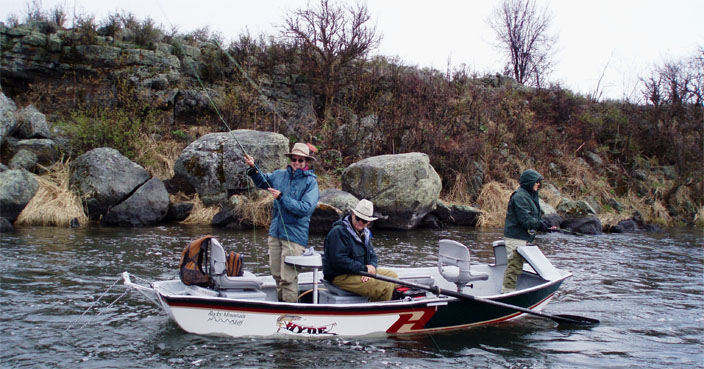
Freshwater fishing in the United States represents a significant economic force, generating over $48 billion in retail sales annually and supporting more than 800,000 jobs nationwide. This economic importance creates a paradoxical situation where short-term economic pressures can drive overfishing, even as this practice undermines the long-term economic viability of these same fisheries. Communities dependent on fishing tourism face particularly difficult choices when declining fish populations suggest the need for stricter harvest limits that might temporarily reduce visitor numbers. The economic value of freshwater fishing is distributed unevenly, with commercial operators, recreational outfitters, equipment manufacturers, and local businesses all having different stakes in management decisions. This economic complexity often leads to politically charged debates about fishing regulations, with economic arguments sometimes overwhelming scientific evidence about sustainable harvest levels. Resolving this paradox requires management approaches that secure both the ecological and economic sustainability of America’s freshwater fisheries.
Case Study: Lake Erie’s Walleye Wars
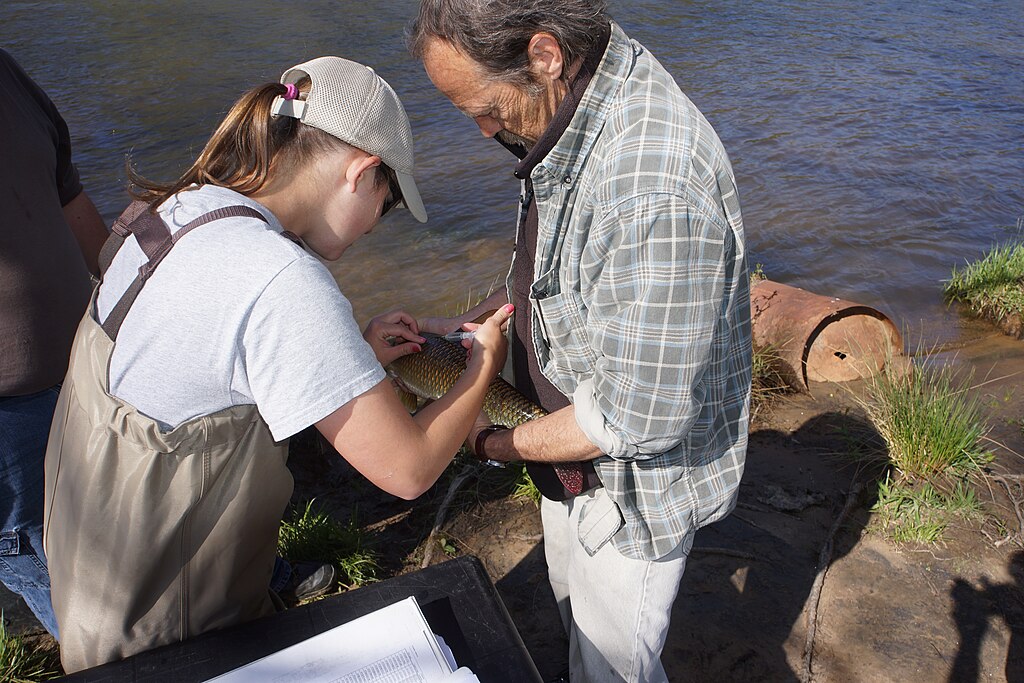
Lake Erie’s walleye fishery illustrates both the challenges of overfishing and the potential for recovery through effective management. During the 1980s, walleye populations collapsed due to a combination of commercial overfishing, recreational pressure, and environmental degradation, creating intense conflicts between different user groups competing for dwindling resources. The crisis led to the formation of the Lake Erie Committee under the Great Lakes Fishery Commission, which implemented a quota-based management system allocating harvest shares between commercial and recreational interests and between different jurisdictions. Strict harvest controls allowed walleye populations to rebound, with the fishery now supporting both commercial operations and a recreational sector valued at over $1 billion annually. However, the recovery remains fragile, with harmful algal blooms, invasive species, and climate change creating new challenges that require adaptive management approaches. The Lake Erie experience demonstrates that recovery from overfishing is possible but requires sustained cooperation across jurisdictional boundaries and different stakeholder groups.
Innovative Conservation Approaches
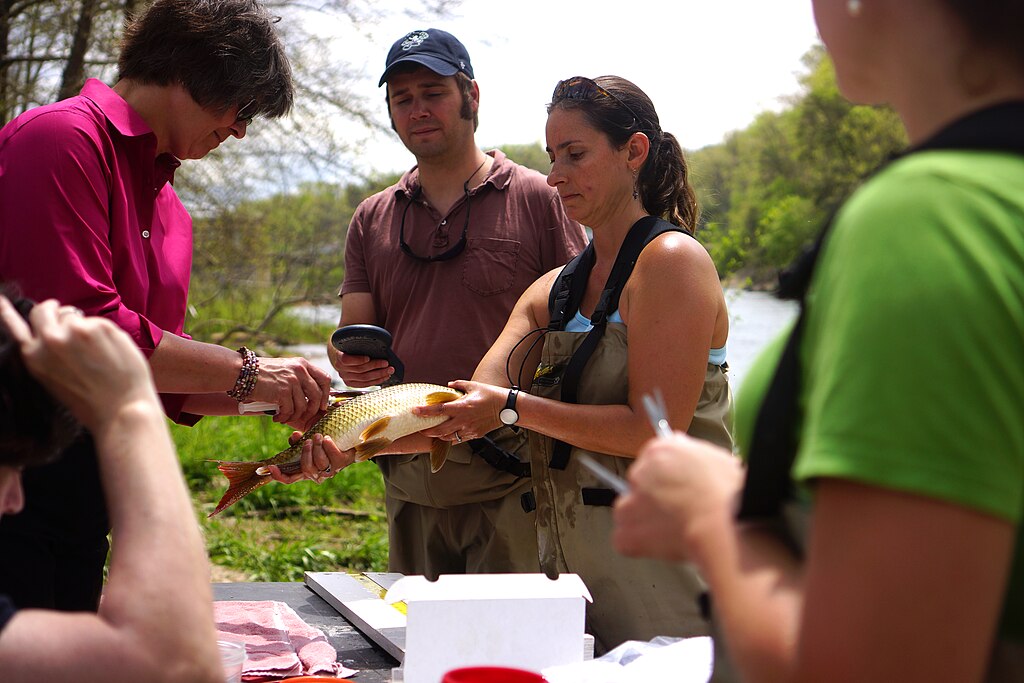
Innovative approaches to fishery conservation are emerging across the United States, combining traditional management tools with new technologies and community engagement strategies. Advanced genetic techniques now allow managers to identify distinct fish populations and target conservation efforts more precisely, even identifying the source of illegally harvested fish in enforcement cases. Mobile apps enable anglers to report catch data in real-time, providing valuable information for adaptive management while fostering a conservation ethic among recreational fishers. Habitat restoration projects increasingly focus on ecosystem-wide benefits rather than single-species approaches, recognizing the interconnected nature of aquatic environments. Community-based conservation initiatives, particularly those involving tribal communities with traditional ecological knowledge, have proven especially effective in developing sustainable harvest practices adapted to local conditions. These innovations represent a shift toward more holistic, collaborative approaches to fishery management that address the root causes of overfishing rather than merely treating its symptoms.
The Future of Sustainable Freshwater Fisheries
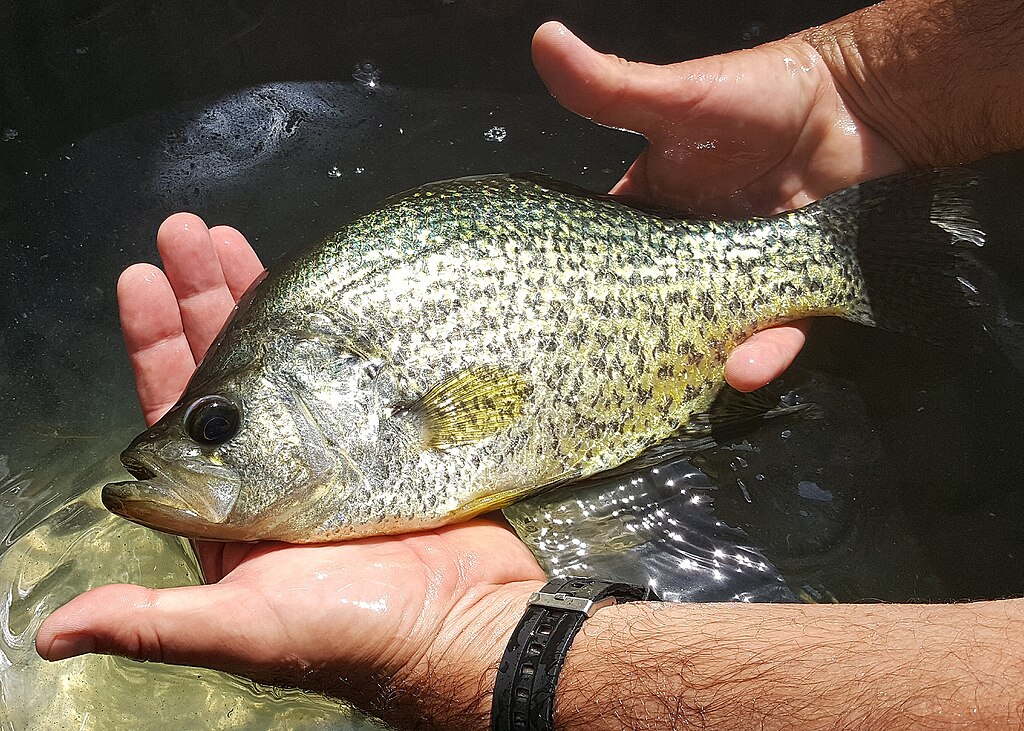
Creating truly sustainable freshwater fisheries in the United States will require fundamental shifts in management philosophy and public engagement with aquatic conservation. Ecosystem-based fishery management, which considers the entire ecological context rather than managing species in isolation, represents a promising direction already being implemented in places like the Great Lakes. Increased investment in monitoring programs is essential to provide the data needed for adaptive management as environmental conditions change. Public education efforts must expand beyond traditional conservation audiences to reach diverse communities and create a broader constituency for freshwater protection. Connecting upstream land use practices with downstream fishery impacts will be crucial, particularly as climate change intensifies the connections between terrestrial and aquatic systems. Perhaps most importantly, sustaining healthy fish populations will require reimagining the relationship between human communities and aquatic resources, moving from a mindset of maximum exploitation toward one of balanced coexistence that can support both ecological integrity and human needs into the future.
Conclusion: Charting a Course for Recovery
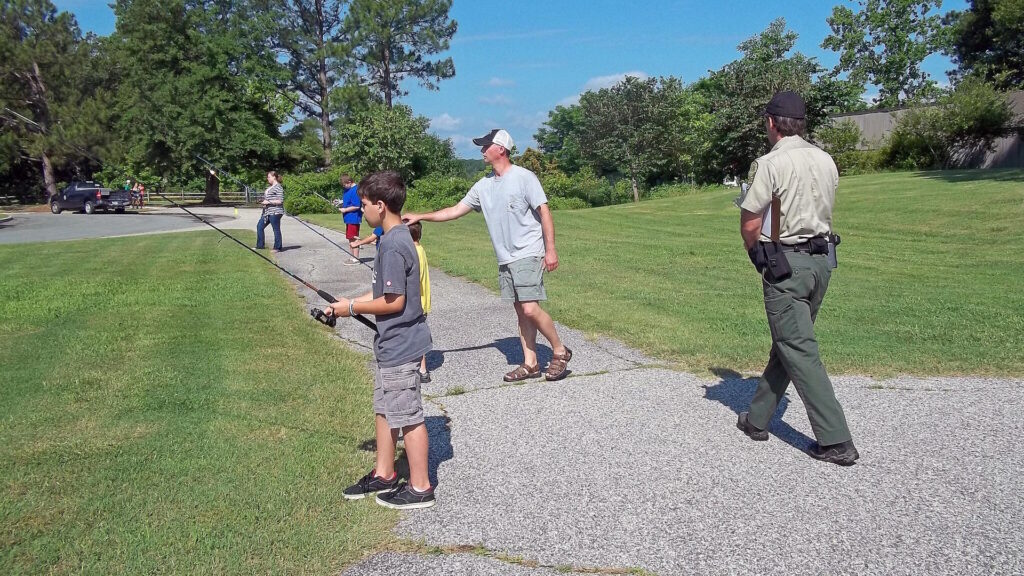
The impacts of overfishing in U.S. lakes and rivers represent a significant environmental challenge, but also an opportunity to transform our relationship with freshwater ecosystems. Through a combination of science-based regulations, community engagement, technological innovation, and ecosystem-focused management, many damaged fisheries are showing signs of recovery. The solutions to overfishing ultimately depend not just on policy decisions but on cultural values that prioritize long-term sustainability over short-term gain. As climate change intensifies pressure on aquatic systems, protecting fish populations from overharvest becomes even more critical to maintaining the resilience of these ecosystems. The future of America’s freshwater heritage—from the Great Lakes to the smallest streams—depends on addressing overfishing as part of a comprehensive approach to aquatic conservation that balances human needs with ecological integrity. By learning from past mistakes and embracing innovative conservation strategies, we can ensure that future generations will still find abundance beneath the surface of America’s lakes and rivers.
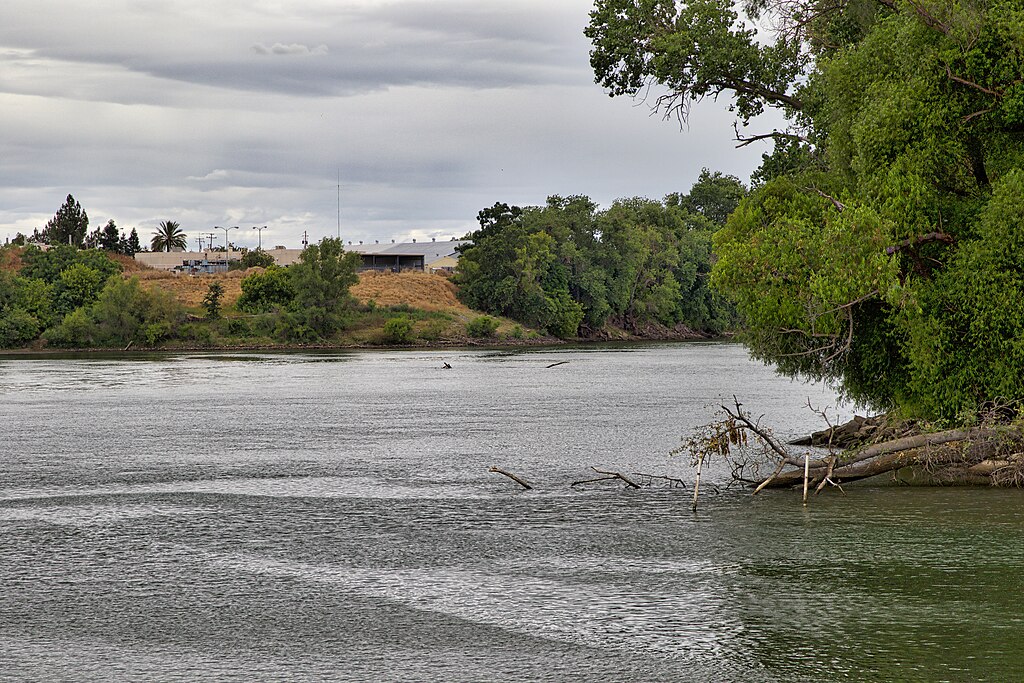
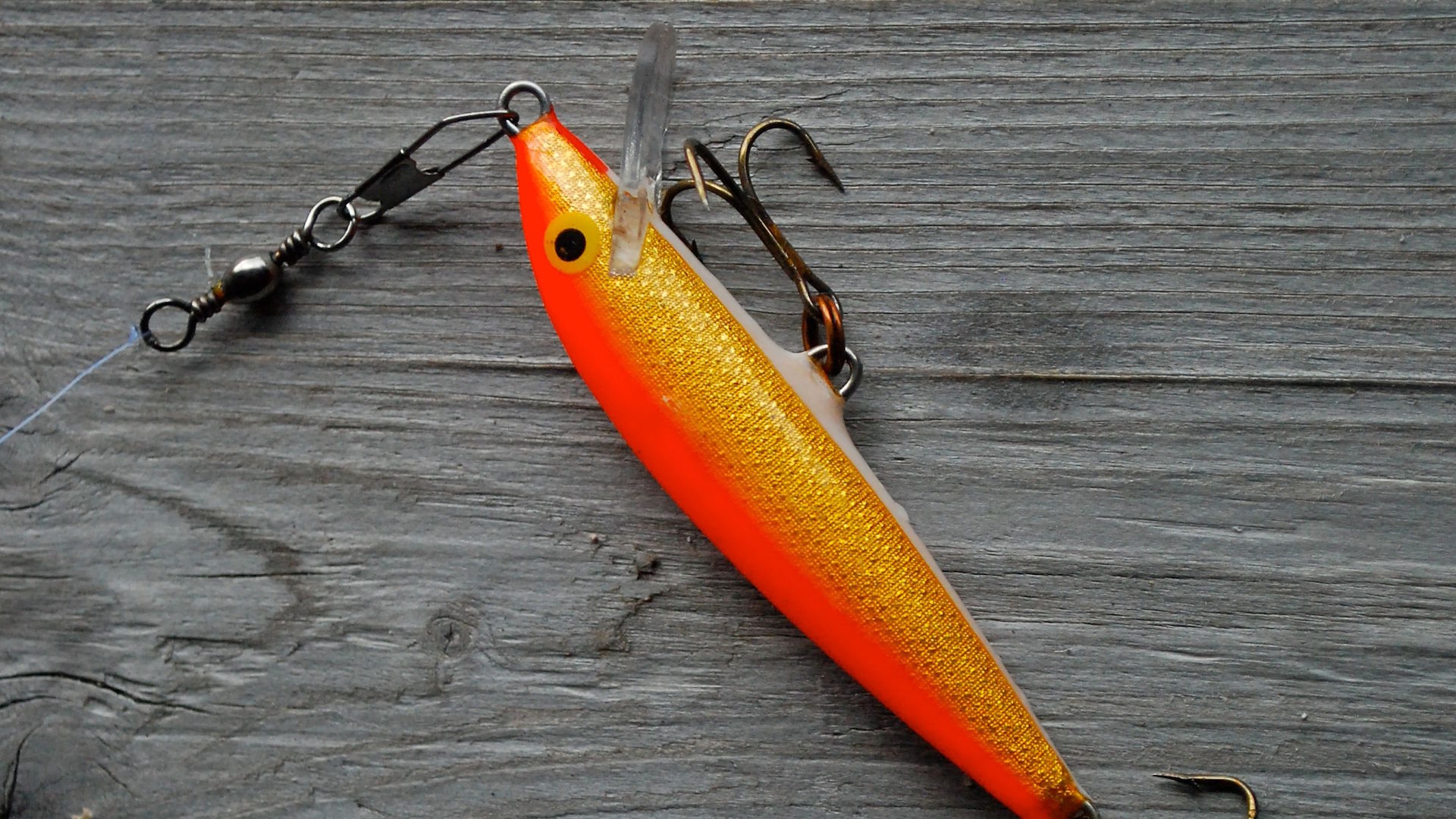












Post Comment